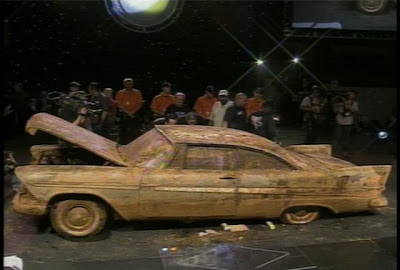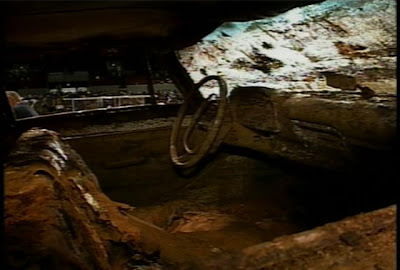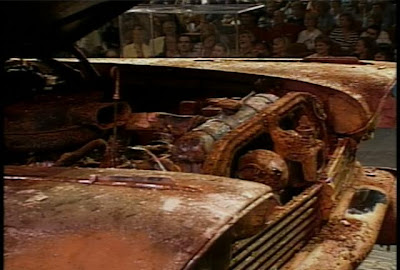Volkswagen of America has come up with a three-day off road driving course in Moab, UT, called Touareg Adventure, to introduce the Touareg 2 SUV that will be released later this month.
Volkswagen brand communications director, Steve Keyes, said Volkswagen will target current owners and prospects through a variety of promotions which includes dealership run initiatives. According to Keyes, the first couple of sessions are sold out. “It will run through the end of October at which time we’ll evaluate it. If we’re happy with the results we will extend it into year two, which is our inclination at this point anyway,” said Keyes.
Keyes also said that most SUV buyers rarely use the off-road features built in to the vehicles, that is why differentiating one feature from another can be a challenge. This tour is actually set to help consumers make the distinction between Touareg and its competitors by showcasing its off-road capabilities and technologies, according to the Auburn Hills, MI-based automaker.
“When people are driving SUVs to and from work and the supermarket there’s not a lot to differentiate,” Keyes said. “So we felt the best way to leverage our capabilities was to offer this experience.”
Volkswagen will also be using consumer generated media created on site to help promote Touareg Adventure and the new SUV. Participants will be able to write blogs and post photos of their experiences from the Touareg Room at the housing lodge. “We’ve learned a big part of the success of these types of programs is from word-of-mouth,” Keyes said.
Before letting consumers take part, Volkswagen first invited the media out to Moab for the program’s initial run. Keyes said 15 media representatives were able to join the trip.
According to Keyes, most of the media representative that came to the initial run were from web-based and weekly automotive magazines. But there were also some from the lifestyle media “We’re trying to focus on the web-based and weekly publications because they can get the story out quicker,” said Keyes. He mentioned that among the media personnel who participated were from VWvortex.com, Edmunds.com, Autoafficianado.com and other “general automotive Web sites,
Consumer participants receive a two-and-a-half-hour orientation on off-road technique the first day, and spend the following two days behind the wheel. Keyes said unlike other off-road courses, Volkswagen wanted the participants to operate the SUVs themselves.
“Some programs last one day, they put you on a dirt road and give the participant very little actual drive time,” Keyes mentioned. “Here, you’re driving the whole time. There’s an instructor in every car, but they’re in the passenger seat. And by the end of the first day they will have gone through some of the more challenging areas of Moab… [giving] them a sense of accomplishment.”
Interested consumers can sign up at Touaregadventure.com. The price per person is $2,000, which gets them an advance welcome kit, resort lodging that offers single occupancy and meals.
 As many feared on Wednesday when workers discovered that the 1957 Plymouth Belvedere’s crypt was partially filled with water, the past 50 years had not been the kindest to Tulsa’s buried car. On Friday night (June 15), half a century after Tulsa residents closed the lid on the two-door coupe, the ceremonial curtain went up and the protective plastic wrapping removed only to reveal the ’57 Belvedere completely covered in rust.
As many feared on Wednesday when workers discovered that the 1957 Plymouth Belvedere’s crypt was partially filled with water, the past 50 years had not been the kindest to Tulsa’s buried car. On Friday night (June 15), half a century after Tulsa residents closed the lid on the two-door coupe, the ceremonial curtain went up and the protective plastic wrapping removed only to reveal the ’57 Belvedere completely covered in rust. 










 While Dell has received a fair amount of
While Dell has received a fair amount of 